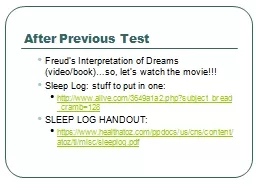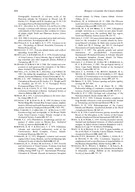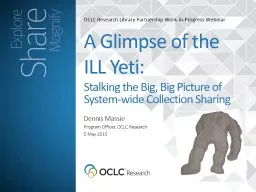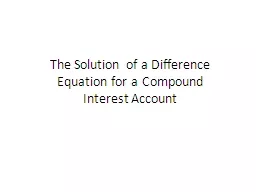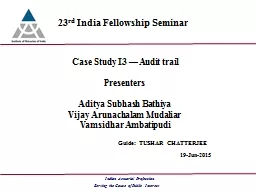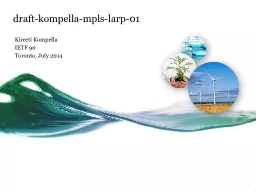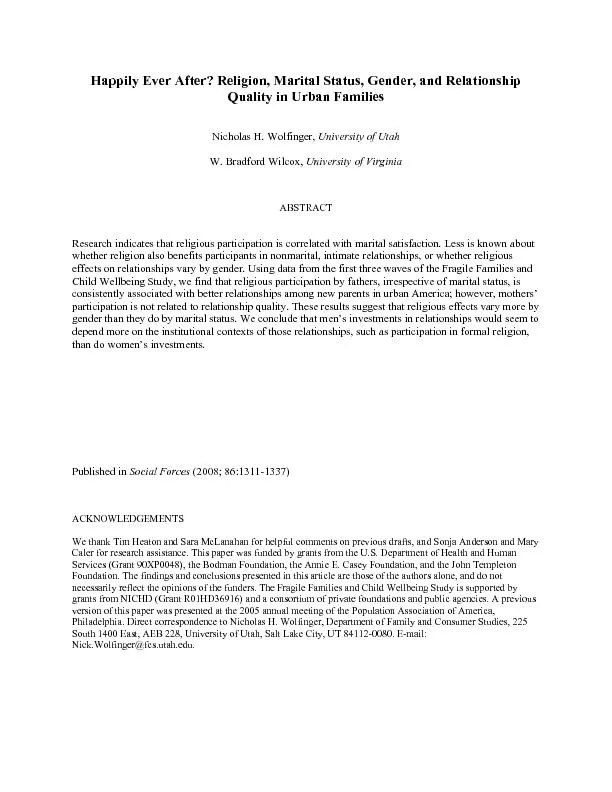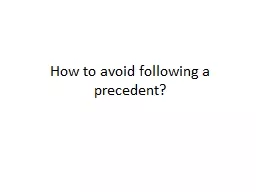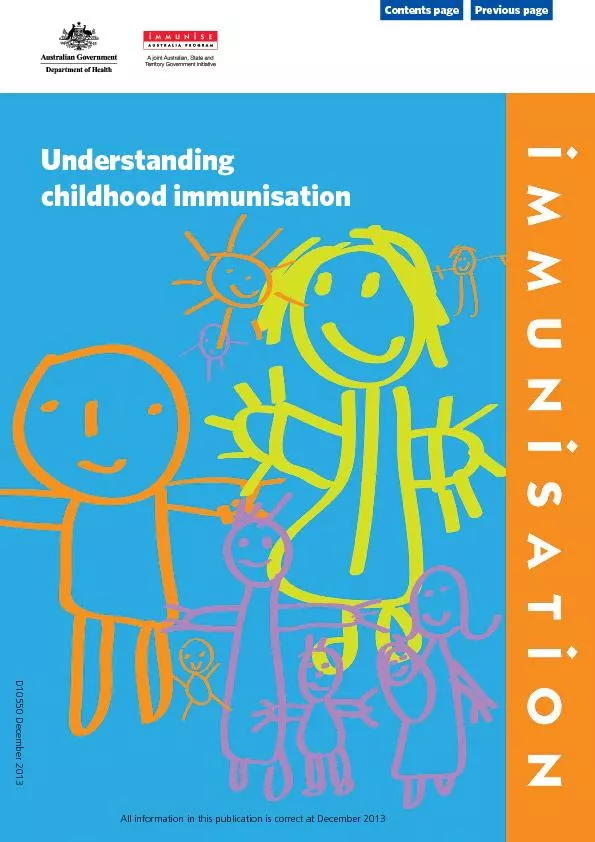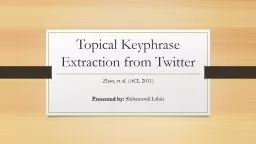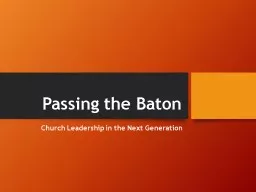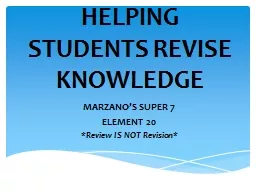PPT-After Previous Test
Author : danika-pritchard | Published Date : 2015-11-13
Freuds Interpretation of Dreams videobookso lets watch the movie Sleep Log stuff to put in one httpwwwalivecom3649a1a2phpsubjectbreadcramb128 SLEEP LOG HANDOUT
Presentation Embed Code
Download Presentation
Download Presentation The PPT/PDF document "After Previous Test" is the property of its rightful owner. Permission is granted to download and print the materials on this website for personal, non-commercial use only, and to display it on your personal computer provided you do not modify the materials and that you retain all copyright notices contained in the materials. By downloading content from our website, you accept the terms of this agreement.
After Previous Test: Transcript
Download Rules Of Document
"After Previous Test"The content belongs to its owner. You may download and print it for personal use, without modification, and keep all copyright notices. By downloading, you agree to these terms.
Related Documents

